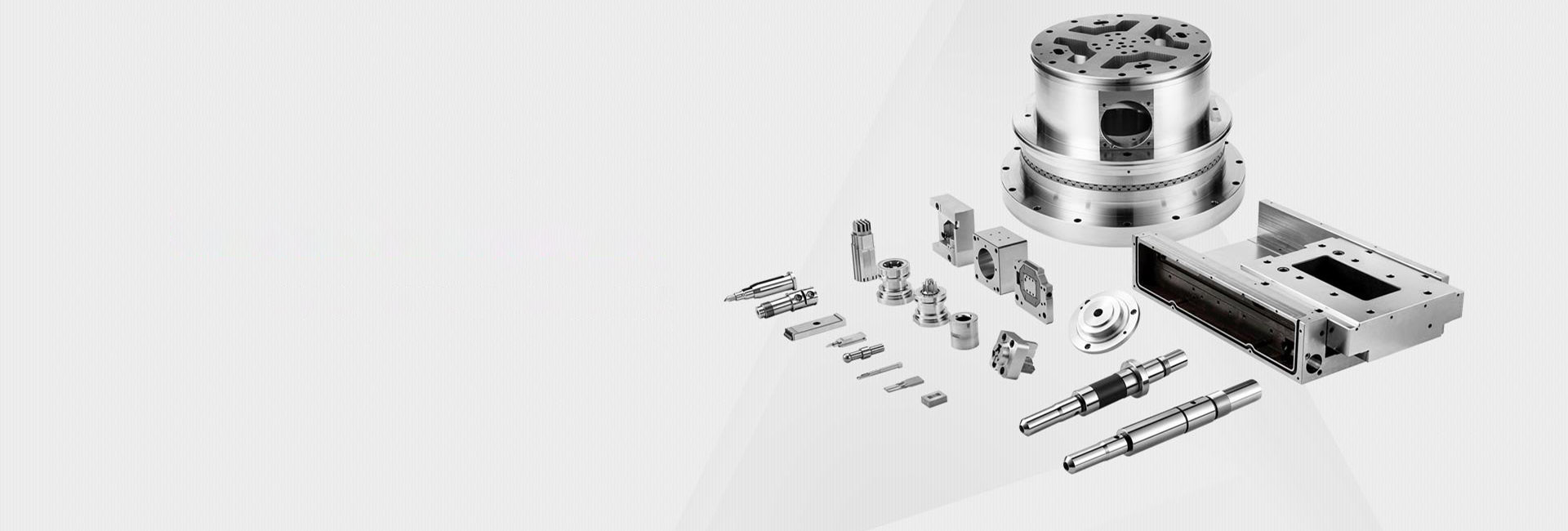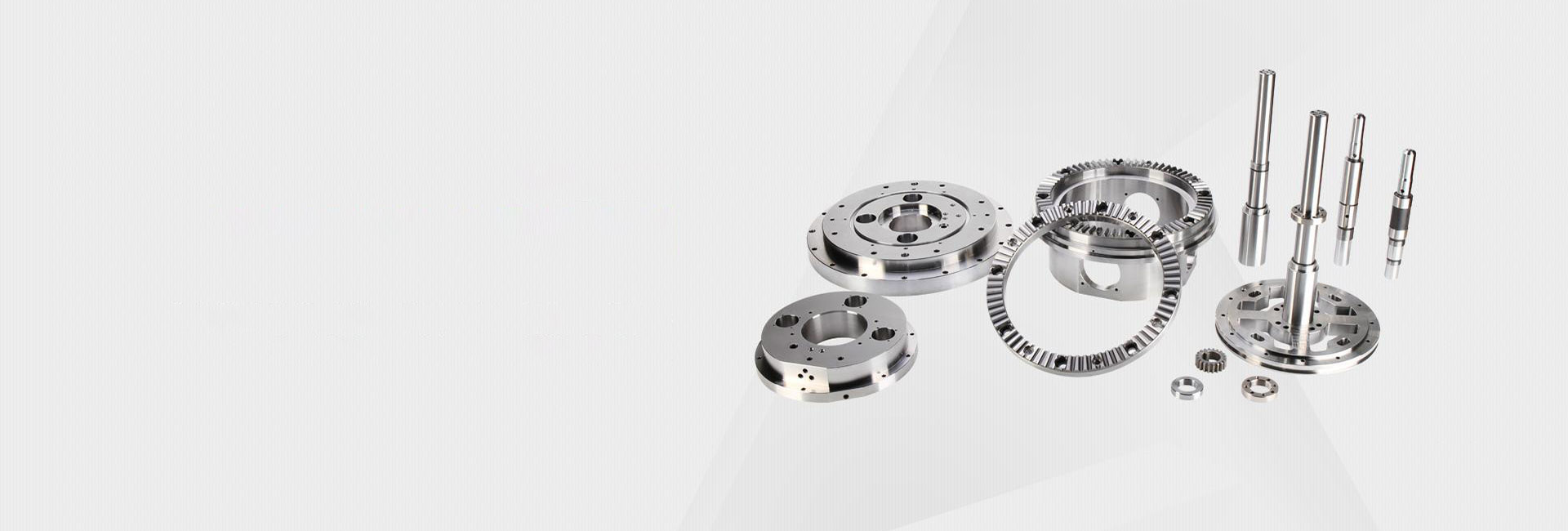How to Calculate CNC Machining Cost: A Practical Guide for Buyers
Feeling confused by CNC machining quotes? 🤔 One supplier's price seems okay, another is shockingly high, and you're left wondering... how do they even come up with these numbers? You're not alone. For many engineers and purchasing managers, the pricing process feels like a secret code. But what if you could understand, and even estimate, the cost yourself?
Let's pull back the curtain. This isn't about complex formulas, but a straightforward look at what *really* drives the final price.
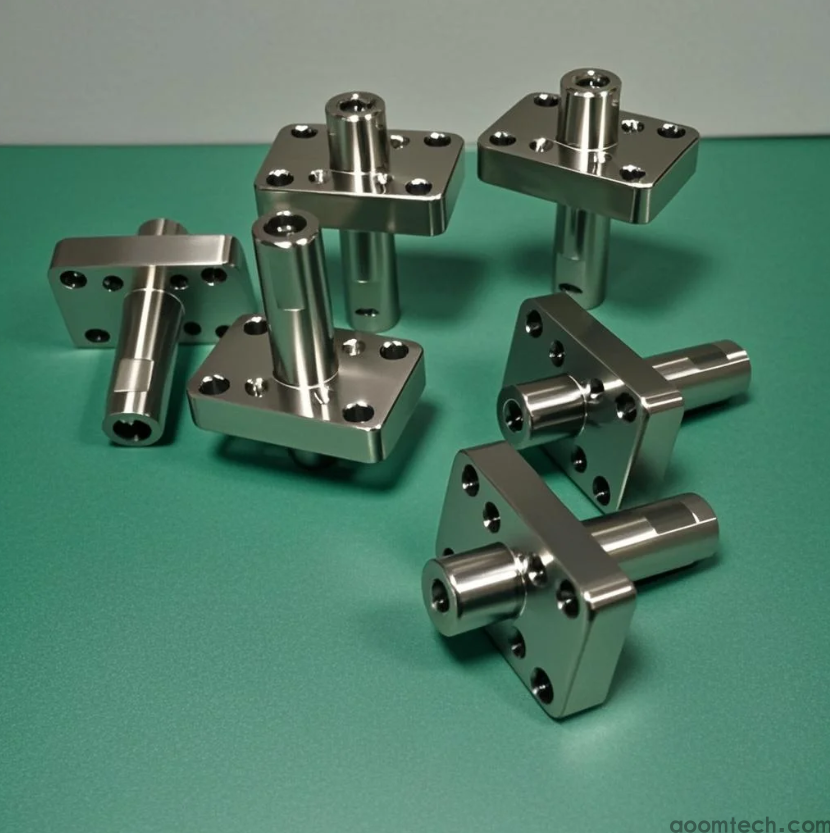
What's the Biggest Factor in CNC Machining Cost?
Most people guess the material, and that's a big part of it. But the real heavyweight is often machining time. The longer a part sits in the machine, the more it costs. Think about it: machine wear, electricity, and the operator's time all add up. A simple aluminum bracket might take minutes, while a complex titanium aerospace component with tight tolerances could take hours. That time difference is everything.
So, while material sets a baseline cost, the machine time is what sends it soaring. It's the engine of the price tag.
Breaking Down the Cost: The 5 Key Pieces of the Puzzle 🧩
To really get a handle on CNC machining price calculation, you need to see all the moving parts. It's rarely just one thing.
1. Material Costs: This is the raw stuff – aluminum, stainless steel, plastic, etc. The price changes based on the type, grade, and the size of the block or sheet needed to make your part.
2. Labor & Machine Time: This is the big one we talked about. It covers the cost of running the machine and paying the skilled person overseeing it. Complex designs simply eat up more time.
3. Part Complexity & Design: Do you have deep pockets that need special tools? Super tight tolerances that require slow, careful cutting? Every extra feature can add to the machining time.
4. Setup & Preparation: Before any cutting happens, there's work to do. The machine needs to be set up, tools need to be loaded, and a digital model needs to be converted into machine instructions (this is CAM programming). This is usually a fixed cost, spread across your total order quantity.
5. Finishing Touches: Does your part need to be smooth? Anodized? Painted? These surface finishing steps are like add-ons to a car – they make it better, but they cost extra.
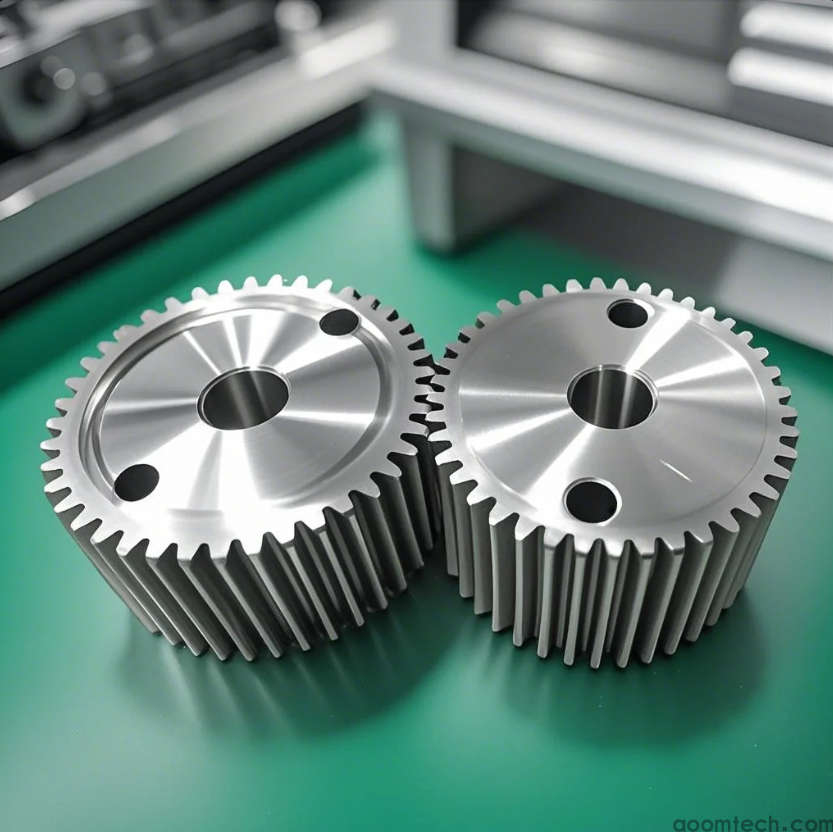
Can I Estimate the Cost Myself?
You totally can get a rough idea, and it's a powerful skill. You don't need to be an expert, just aware of the main levers.
First, look at your design. Is it a simple block with a few holes, or something with curves, angles, and thin walls? Be honest here. The simpler, the better for your budget.
Next, think about your material choice. Aluminum is generally more cost-effective to machine than steel or titanium. It cuts faster and is easier on the tools.
Finally, and this is key, consider your order quantity. Ordering ten parts will have a much higher cost *per part* than ordering a thousand. That initial setup cost gets divided up more ways. This is where the real cost efficiency often hides.
So, while an online CNC cost calculator can give you a number, understanding these principles helps you know if that number makes sense.
A Little-Known Truth About Tolerances and Cost 📈
Here's something I've learned that isn't always obvious: making a part *too* precise can be a waste of money. If your design calls for a super tight tolerance, but the function of the part doesn't really need it, you're just increasing the machining price for no good reason.
The machine has to slow down, take lighter cuts, and use more precise tools. The inspection process gets more involved. It all adds time and cost. I've seen projects where relaxing a non-critical tolerance by a tiny amount cut the price by 15%. It's worth a conversation with your engineer.
However, for critical interfaces or moving parts, that precision is worth every penny. It's all about balance.
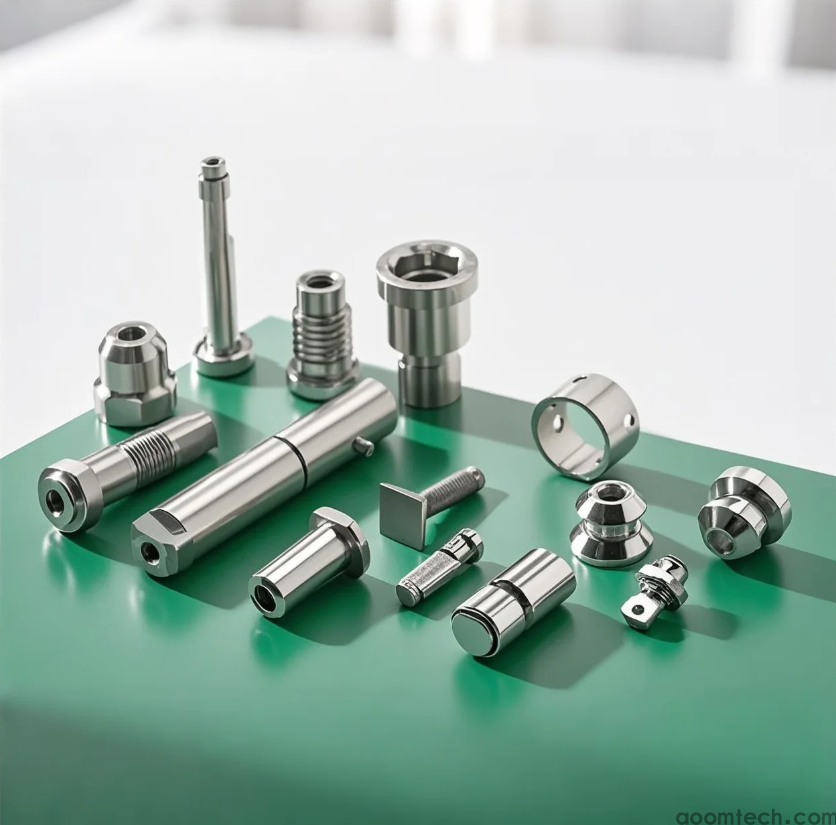
Getting the Best Value, Not Just the Lowest Price 💡
Chasing the cheapest quote can be risky. A suspiciously low price might mean corners are being cut – maybe on material quality, or maybe on the crucial quality control checks that ensure your parts are right.
A good partner will discuss your design and might suggest small changes that make it easier to manufacture without changing how it works. This design for manufacturability approach can save you a lot. It's a collaboration, not just a transaction.
In my view, the real goal is a reliable part that meets your specs, delivered on time, from a supplier you can talk to. That's value.
Understanding these factors puts you in the driver's seat. You can have smarter conversations with suppliers and make better decisions for your project. If you have a specific part in mind and want to see how these principles apply, why not get a tailored quote? Reach out to our team today with your design files for a fast and detailed cost analysis. We're here to help you figure it out. 🚀
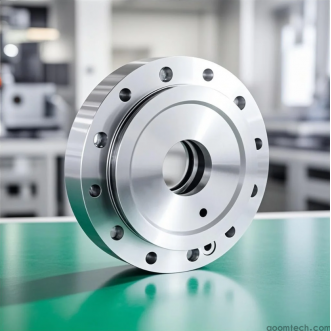 How to Find Reliable CNC Machi
How to Find Reliable CNC Machi
 How to Find Reliable CNC Machi
How to Find Reliable CNC Machi
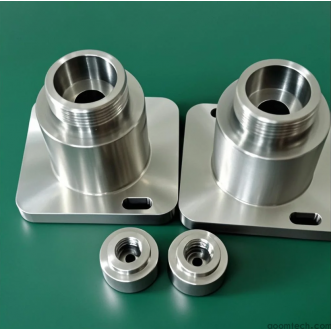 How Much Does Small Batch CNC
How Much Does Small Batch CNC
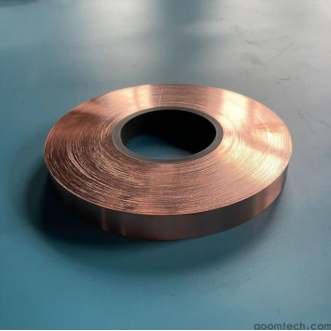 How to Prevent Deformation in
How to Prevent Deformation in

